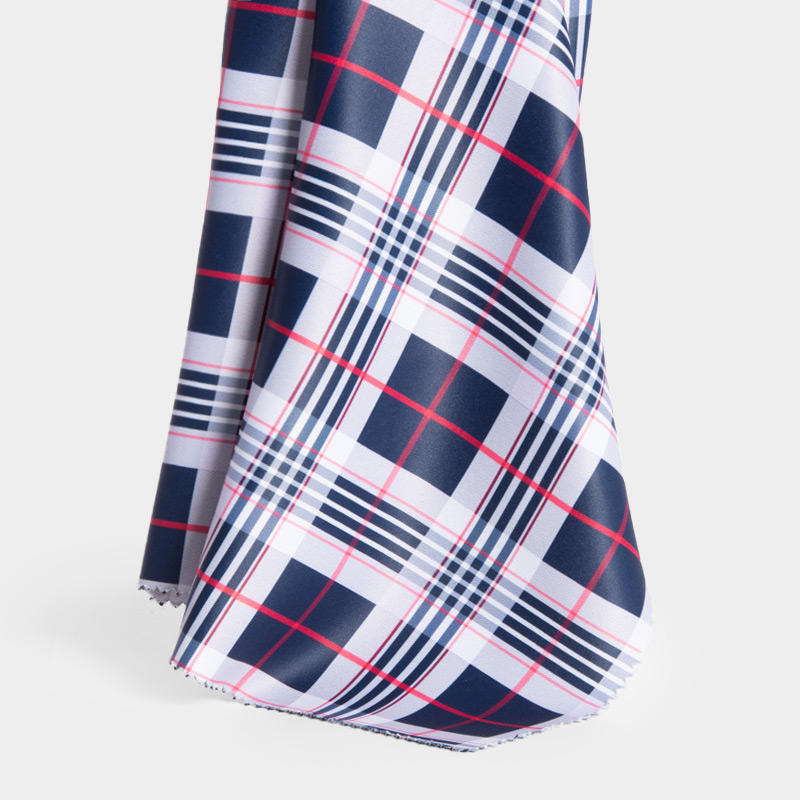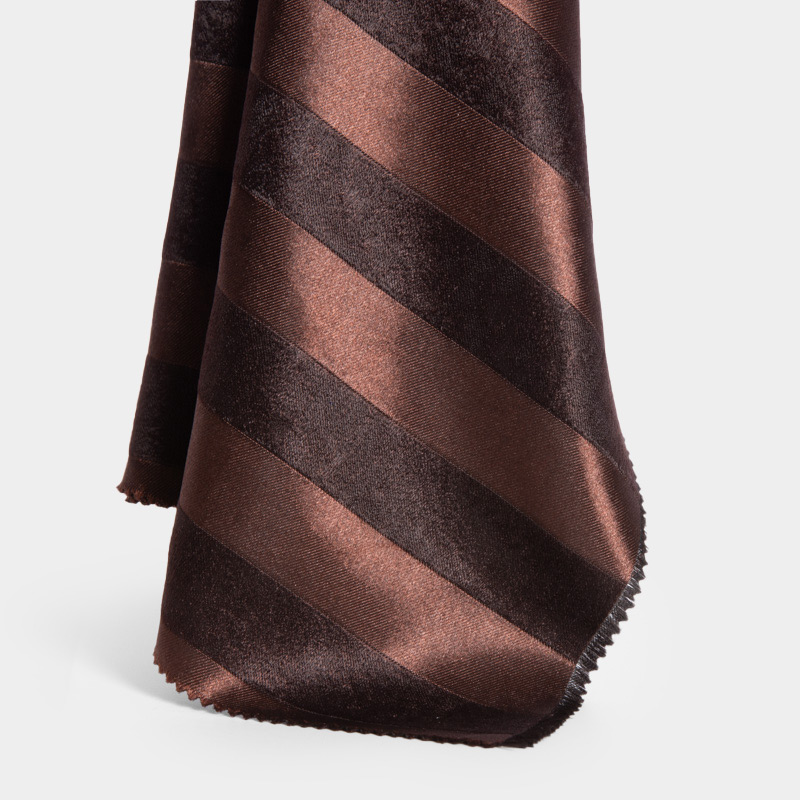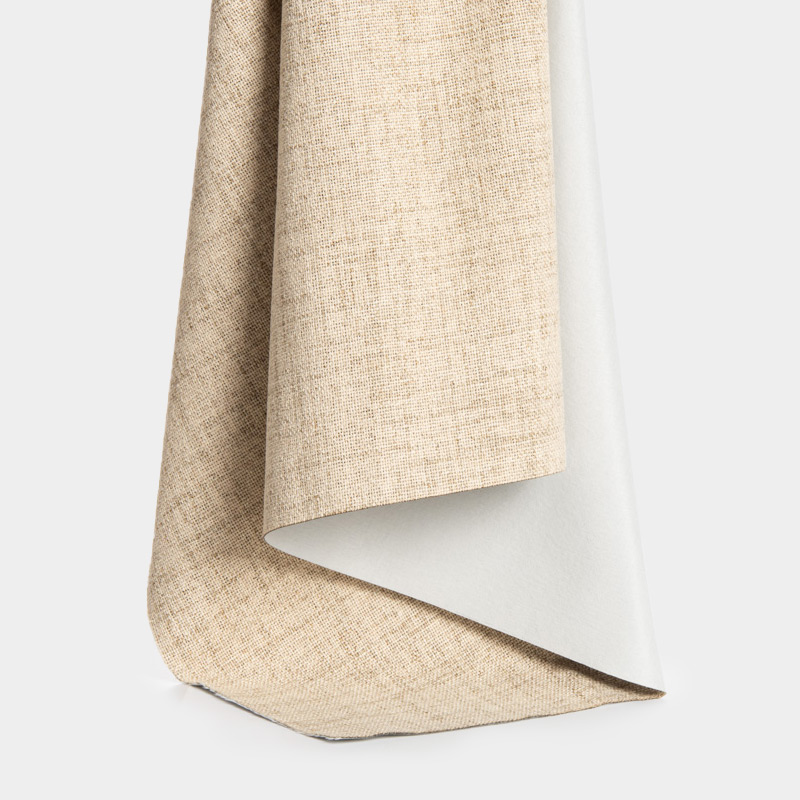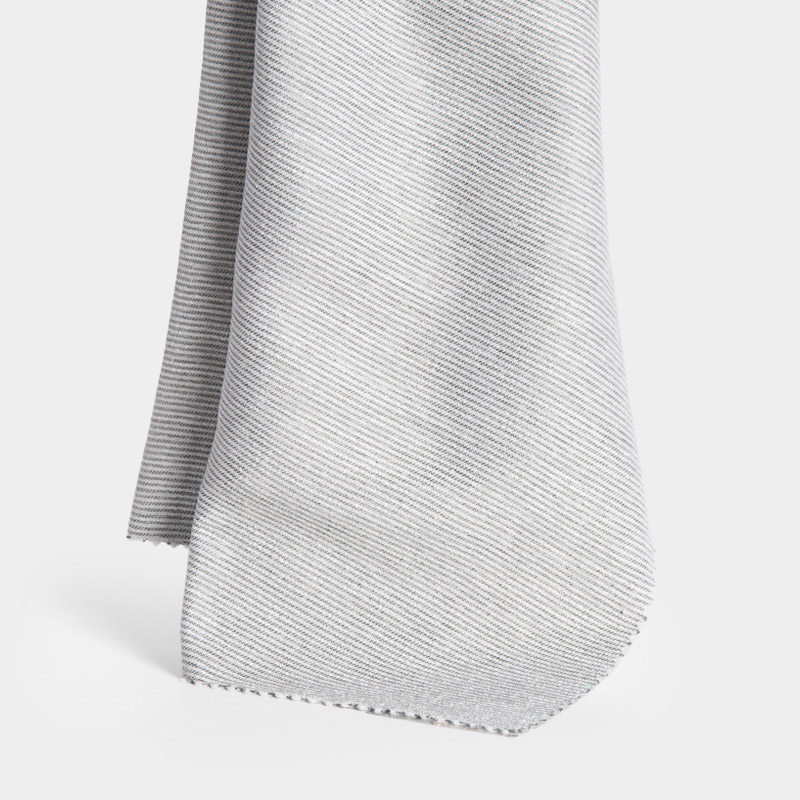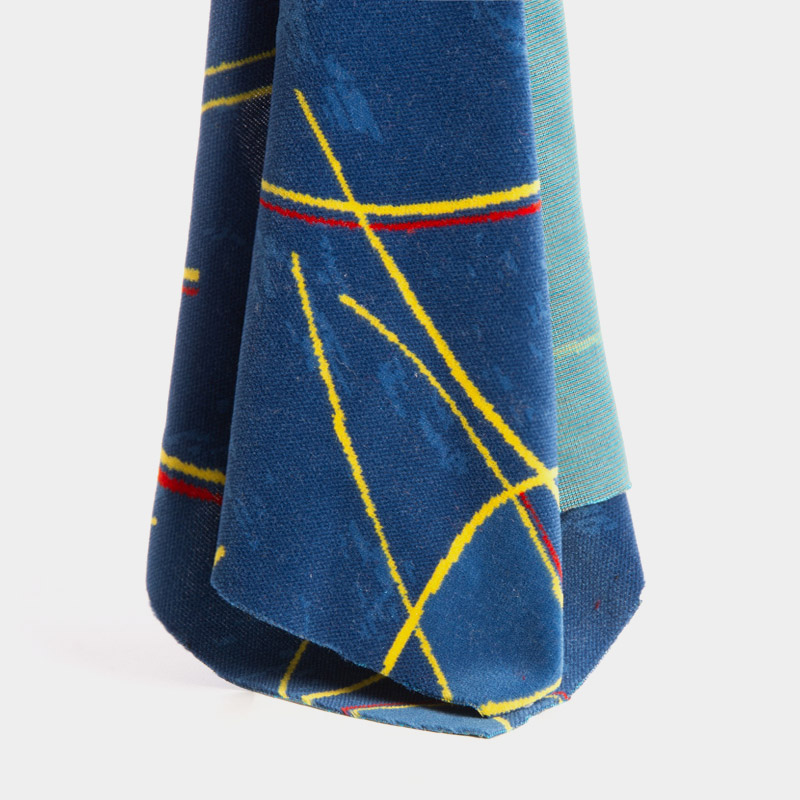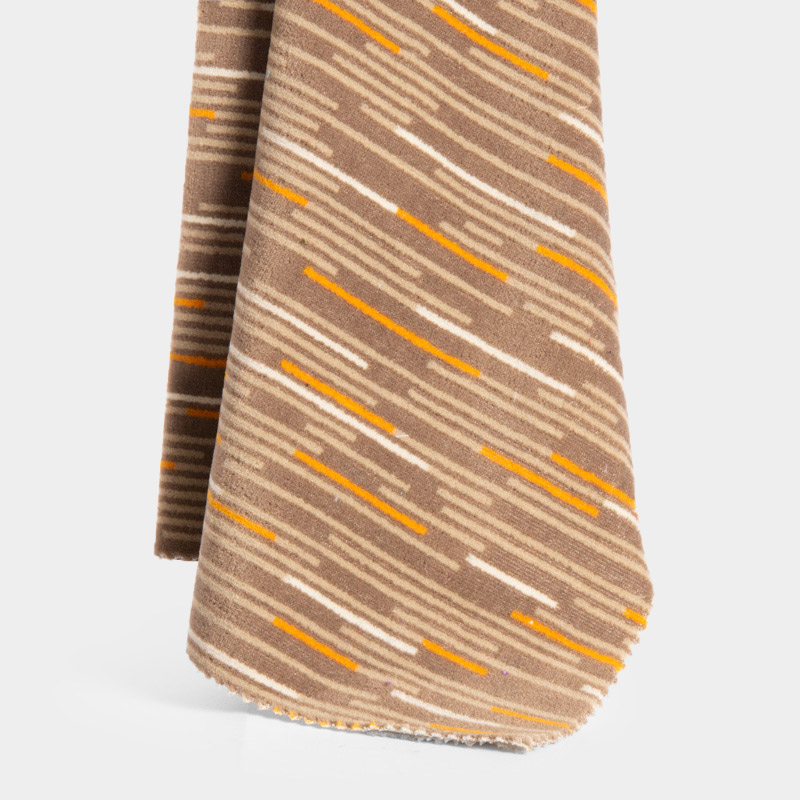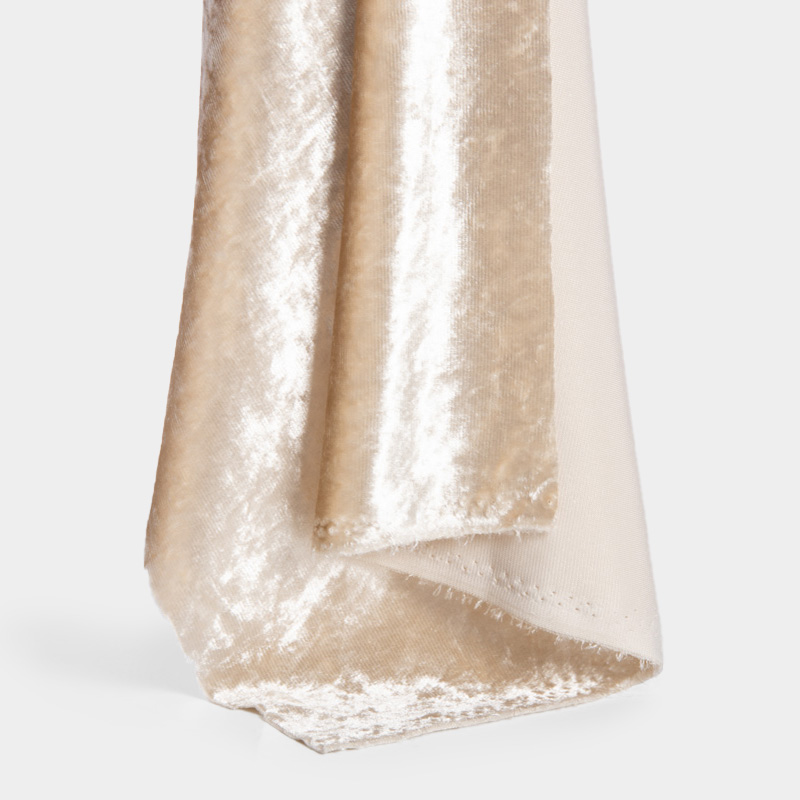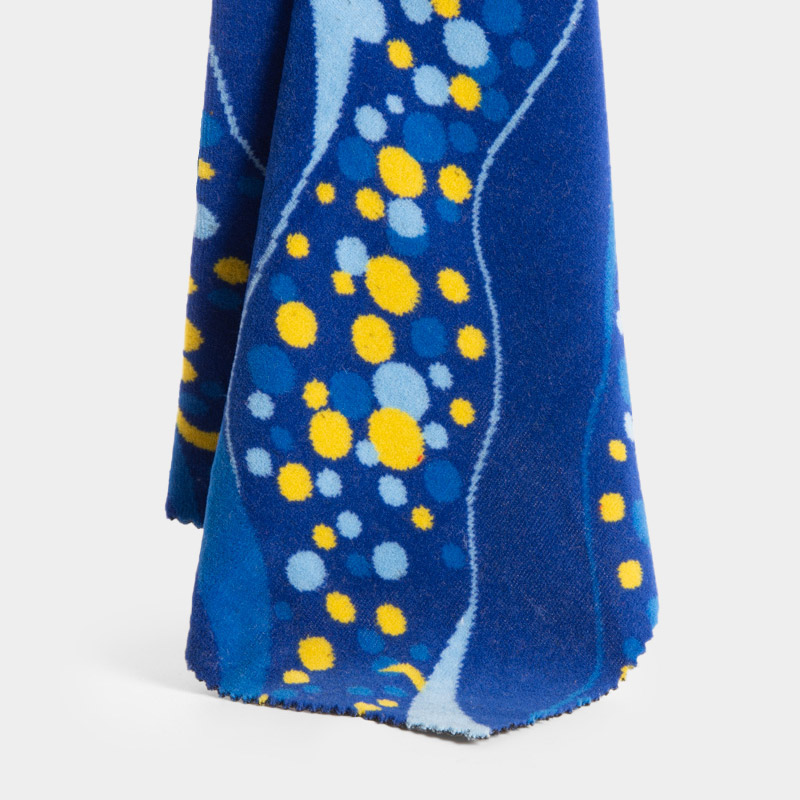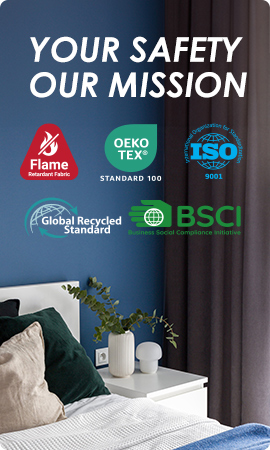2025 Trends in the Development of Flame Retardant Fabric Manufacturers
In 2024, the global flame-retardant fabric market sales reached $1.319 billion, and it is expected to reach $1.625 billion by 2031, with a compound annual growth rate (CAGR) of 3.1% from 2025 to 2031. Understanding the trends in the flame-retardant fabric industry for 2025 will help you make more informed decisions.
- Governments are enforcing stricter safety regulations, increasing demand for fire-resistant materials.
- Fire-related incidents in industries like construction and automotive highlight the need for better protection.
- Advancements in fabric technology offer innovative solutions.
- Growing public awareness about fire safety drives adoption.
Understanding these trends ensures you stay ahead in a rapidly evolving market.
Key Takeaways
- Keep up with fire safety rules to follow laws and stay safe.
- Pick eco-friendly fireproof fabrics to help the planet and please buyers.
- Find makers with new fabric tech for stronger and longer-lasting materials.
- Think about custom options to fit project needs and work better.
- Check if makers have good support and help after buying for a smoother experience.
Overview of Fire Retardant Fabric Trends in 2025
Increasing Demand for Sustainable Fire Retardant Fabrics
You may have noticed a growing emphasis on sustainability in the textile industry, and fire retardant fabrics are no exception. Manufacturers are now prioritizing eco-friendly solutions that meet safety standards while reducing environmental harm. Sustainable fire retardant fabrics offer several benefits:
- They minimize ecological footprints compared to traditional options.
- Many are biodegradable, addressing waste concerns.
- Their lower toxicity levels help protect ecosystems.
These fabrics also align with global efforts to promote environmental responsibility. As a result, Fire Retardant fabric Manufacturers are increasingly adopting sustainable practices to meet consumer demands and regulatory expectations.
Advancements in Fabric Technology and Performance
Technological advancements are transforming fire retardant fabrics, making them more efficient and versatile. Plasma technology and nanoparticles are being used to create advanced coatings, improving durability and performance.
Modern innovations also include permanent flame retardant properties, ensuring long-lasting protection even after multiple washes. High-performance conductive fibers reduce static fire risks, while eco-friendly materials like PFC-free water repellents enhance safety. Additionally, new fibers such as meta-aramids and PBI provide exceptional thermal resistance. Smart textiles with integrated sensors are another exciting development, offering features like temperature regulation for added functionality.
Growing Adoption in Emerging Markets
Emerging markets are driving significant growth in the fire retardant fabric industry. In the Asia-Pacific region, industrialization and urbanization are fueling demand, particularly in countries like China, India, Japan, and South Korea. The Middle East and Africa are also experiencing increased adoption, especially in the oil and gas sector. Countries like Saudi Arabia, UAE, and South Africa are leading this growth due to large-scale infrastructure projects.
As these regions expand their industrial and construction activities, the need for fire-resistant materials continues to rise. This trend presents an excellent opportunity for Fire Retardant fabric Manufacturers to tap into new markets and cater to diverse applications.
Regulatory Changes and Their Impact on Manufacturers
Regulatory changes play a significant role in shaping the fire retardant fabric industry. As a buyer or industry professional, you need to stay informed about these changes to make better decisions. Governments worldwide are introducing stricter safety standards to reduce fire-related risks. These regulations directly impact how manufacturers design, produce, and certify their products.
For example, updated fire safety codes now require fabrics to meet higher performance benchmarks. This means manufacturers must invest in advanced testing methods and ensure compliance with certifications like NFPA 701, BS5867, and EN13501. You might notice that these certifications are becoming mandatory in more industries, including construction, transportation, and event management.
Environmental regulations are also influencing the market. Authorities are pushing for reduced chemical usage in production processes. As a result, manufacturers are shifting toward eco-friendly solutions, such as inherent flame retardant fabrics. These fabrics offer permanent fire resistance without relying on chemical treatments, aligning with global sustainability goals.
Additionally, trade policies and import-export regulations affect the availability and pricing of fire retardant fabrics. If you operate in international markets, you may face challenges related to tariffs or certification differences between regions. Staying updated on these policies helps you avoid unexpected costs and delays.
By understanding these regulatory trends, you can choose a Fire Retardant fabric Manufacturer that meets both safety and environmental standards. This ensures your projects comply with legal requirements while supporting sustainable practices.
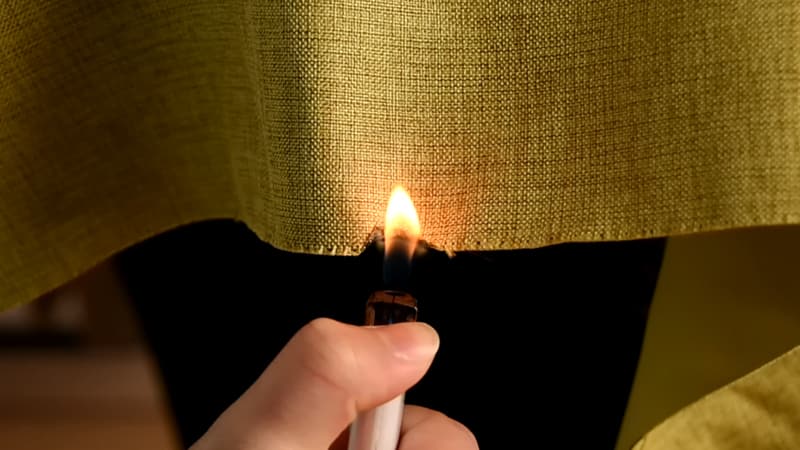
The Top Fire Retardant Fabric Manufacturers
BEGOODTEX
Strengths and Market Position
BEGOODTEX stands out as a Fire Retardant fabric Manufacturer with a strong commitment to sustainability and innovation. You’ll find their products meeting rigorous standards like NFPA701 and BS5867, ensuring safety in hazardous environments. Their use of PFC-free water repellents highlights their dedication to environmental safety by avoiding harmful chemicals. Additionally, BEGOODTEX integrates recycled content into their fabrics, adhering to Global Recycle Standard (GRS) criteria. This approach reduces waste and conserves energy, making them a leader in eco-friendly practices.
Key Innovations in 2025
In 2025, BEGOODTEX continues to push boundaries with advanced flame retardant materials. Their inherent flame retardant fabrics maintain fire resistance even after multiple washes, offering long-term reliability. You’ll also notice their focus on comfort with 100% cotton flame retardant anti-static materials, ideal for prolonged wear. These fabrics are particularly suited for industries like firefighting and healthcare, where safety and comfort are paramount. BEGOODTEX has also developed multi-functional fabrics, combining flame retardant properties with mildew-proof and bacteria-proof features.
Industry Recognition and Certifications
BEGOODTEX has earned recognition for its high-quality standards and innovative solutions. Their certifications include GRS, OEKO-TEX® STANDARD 100, BSCI, Sedex, and ISO 9001:2015, ensuring compliance with global safety benchmarks. Their commitment to sustainability has also been acknowledged through the GRS certification, solidifying their reputation as a forward-thinking manufacturer.
Key Factors to Consider When Choosing a Fire Retardant Fabric Manufacturer
Compliance with Industry Standards and Certifications
When selecting a Fire Retardant fabric Manufacturer, you should prioritize compliance with recognized industry standards. These certifications ensure the fabrics meet stringent safety and performance benchmarks. Look for manufacturers whose products adhere to the following standards:
- CSFM Title 19: Certification for industrial fabrics in California.
- NFPA-701: Standard for fabric flammability in public institutions.
- ASTM E-84: Measures surface burning traits of fabrics.
- EN ISO 11611:2007: Protective clothing for welding.
- EN ISO 11612:2008: Clothing for protection against heat and flame.
These certifications not only validate the safety of the fabrics but also ensure compliance with regional and international regulations. Choosing a manufacturer with these credentials guarantees that your projects meet legal and safety requirements.
Range of Products and Customization Options
A diverse product range and customization options are essential when choosing a manufacturer. You may need fabrics tailored to specific technical, regulatory, or project requirements. Leading manufacturers offer custom solutions that combine various factors like design, strength, elasticity, and finish. This flexibility allows you to select fabrics that align perfectly with your needs, whether for industrial use, event management, or specialized applications like firefighting gear.
Customization ensures that the fabric not only meets safety standards but also enhances functionality and aesthetics. By working with a manufacturer that offers tailored solutions, you can achieve optimal results for your projects.
Sustainability and Environmental Impact
Sustainability has become a critical factor in the textile industry. Many manufacturers now focus on reducing the environmental impact of flame-retardant treatments. For instance, some companies produce inherently fire-retardant fabrics that eliminate the need for chemical treatments, minimizing harm to the environment. Others explore bio-based materials and renewable resources like cotton and GRSFRTex™, which are produced responsibly.
The industry is also shifting toward eco-conscious alternatives to address environmental and health concerns. By choosing a manufacturer committed to sustainability, you contribute to global efforts to reduce ecological footprints while ensuring safety and quality.
Customer Support and After-Sales Service
When choosing a fire retardant fabric manufacturer, customer support plays a critical role in ensuring a seamless experience. Manufacturers with strong customer service teams help you address specific needs and challenges effectively.
You should look for manufacturers that prioritize flexibility and consistency in their service. This ensures they can adapt to your changing demands while maintaining high-quality standards. Companies that focus on customer-driven solutions often provide tailored products, helping you achieve the best results for your projects.
Effective after-sales service is equally important. It guarantees that you receive ongoing support even after the purchase. Whether you need assistance with product maintenance, troubleshooting, or additional orders, a reliable manufacturer will stand by you. This level of commitment strengthens trust and fosters long-term partnerships.
Tip: Always evaluate a manufacturer’s responsiveness and willingness to collaborate. Strong customer support ensures your projects run smoothly and meet all safety requirements.
Cost-Effectiveness and Value for Money
Cost-effectiveness is a key factor when selecting fire retardant fabrics. High production costs can sometimes limit affordability, but manufacturers that optimize their processes can offer competitive pricing. You should consider companies that balance quality with cost, ensuring you get the best value for your investment.
Sustainability also impacts cost-effectiveness. Manufacturers adopting eco-friendly practices often reduce long-term expenses by minimizing waste and energy use. For instance, inherent flame retardant fabrics eliminate the need for chemical treatments, lowering environmental and financial costs.
Other factors, like design versatility, influence value for money. Limited design options may restrict a fabric’s appeal, so choosing a manufacturer with a diverse product range ensures you find solutions that fit your needs. Additionally, streamlined manufacturing processes can enhance affordability by reducing complexity and production time.
Note: Evaluate both upfront costs and long-term benefits. A cost-effective fabric not only meets your budget but also delivers durability and compliance with safety standards.
Future Outlook for the Fire Retardant Fabric Industry
Emerging Technologies in Fire Retardant Fabrics
You will see exciting advancements in fire retardant fabric technologies shaping the industry. Manufacturers are exploring innovative materials and methods to enhance safety and sustainability.
Recent breakthroughs in polymer science have also introduced high-performance fibers. These include meta-aramids, para-aramids, PBI, and polyamide-imide, which provide exceptional thermal resistance.
- Nanotechnology is adding protective nano-coatings to fabrics, making them more effective against extreme temperatures.
- Smart textiles are emerging with built-in sensors that detect temperature changes and reinforce high-heat areas automatically.
These innovations not only improve safety but also align with global sustainability goals. You can expect these technologies to redefine the standards of fire retardant fabrics in the coming years.
The Role of AI and Automation in Manufacturing
Artificial intelligence (AI) is transforming how fire retardant fabrics are manufactured. It helps manufacturers uncover hidden patterns in production data and optimize material parameters. This means you get fabrics that meet specific fire safety criteria with greater precision.
AI also enables virtual testing environments. Manufacturers can simulate fire scenarios to develop materials tailored for unique applications, such as coatings for steel structures. These coatings meet strict fire resistance standards while remaining cost-effective and eco-friendly.
Automation complements AI by streamlining production processes. It reduces errors, enhances efficiency, and ensures consistent quality. With these advancements, you can expect faster production times and innovative products that meet the highest safety standards.
Anticipated Regulatory Developments
Regulations will continue to play a critical role in the fire retardant fabric industry. Governments worldwide are expected to introduce stricter safety standards to reduce fire-related risks. You may notice an increased emphasis on certifications like NFPA 701 and EN13501, ensuring fabrics meet higher performance benchmarks.
Environmental regulations will also shape the industry. Authorities are pushing for reduced chemical usage in production. This shift encourages manufacturers to adopt eco-friendly solutions, such as inherent flame retardant fabrics. These fabrics offer permanent fire resistance without relying on harmful treatments.
Trade policies may also evolve, impacting the availability and pricing of fire retardant fabrics. Staying informed about these changes will help you navigate the market effectively and ensure compliance with both safety and environmental standards.
Tip: Choose manufacturers that stay ahead of regulatory trends. This ensures your projects meet legal requirements while supporting sustainable practices.
Expansion into New Applications and Industries
The demand for fire retardant fabrics is expanding beyond traditional sectors like construction and firefighting. You’ll notice these materials finding new applications in industries that prioritize safety and innovation. This shift stems from stricter safety regulations and growing awareness of fire hazards. As industries evolve, fire retardant fabrics are becoming essential in areas you might not expect.
One emerging application is in automotive and transportation. Manufacturers are incorporating fire-resistant materials into vehicle interiors, such as seat covers and insulation, to enhance passenger safety. Similarly, the aviation industry is adopting these fabrics for cabin interiors, ensuring compliance with stringent fire safety standards.
Another area of growth is healthcare. Hospitals and clinics are increasingly using fire retardant fabrics for curtains, bedding, and protective clothing. These materials not only meet safety requirements but also offer additional features like antimicrobial properties, making them ideal for medical environments.
You’ll also see fire retardant fabrics gaining traction in the hospitality and event management sectors. Hotels, theaters, and event venues are using these fabrics for drapes, upholstery, and decorations to minimize fire risks in public spaces.
Tip: If you work in these industries, consider how fire retardant fabrics can enhance safety and meet regulatory standards.
Emerging economies are driving much of this growth. Rapid industrialization and infrastructure development in regions like Asia-Pacific and the Middle East are creating new opportunities. Industries in these areas are adopting fire retardant fabrics for applications ranging from industrial uniforms to protective barriers in factories.
Advancements in technology are also opening doors to innovative uses. Smart textiles with integrated sensors are being developed for industries like defense and energy. These fabrics can detect temperature changes or provide real-time fire alerts, offering a proactive approach to safety.
The versatility of fire retardant fabrics ensures their relevance across diverse applications. By staying informed, you can identify how these materials can benefit your industry.
The fire retardant fabric industry in 2025 showcases innovation and sustainability through top manufacturers like BEGOODTEX. BEGOODTEX leads with eco-friendly solutions, including PFC-free water repellents and permanent flame retardant fabrics that maintain safety after multiple washes. Key trends, such as advancements in technology and stricter regulations, shape the market. When choosing a Fire Retardant fabric Manufacturer, evaluate factors like heat resistance, compliance with standards, and durability. Staying informed about emerging technologies and applications ensures you make decisions that align with safety and sustainability goals.
FAQ
What is the difference between flame retardant and fireproof fabrics?
Flame retardant fabrics slow down fire spread and self-extinguish after ignition. Fireproof fabrics resist combustion entirely, even when exposed to open flames. Flame retardant fabrics are treated or inherently designed for safety, while fireproof materials offer higher resistance levels.
How do inherent flame retardant fabrics work?
Inherent flame retardant fabrics use fibers with built-in fire resistance. These fibers reduce flammability and self-extinguish after ignition. Unlike chemically treated fabrics, inherent options maintain their properties after multiple washes, ensuring long-term safety and durability.
Why are certifications like NFPA 701 important?
Certifications like NFPA 701 ensure fabrics meet strict fire safety standards. They validate a fabric’s ability to resist ignition and slow fire spread. Choosing certified fabrics guarantees compliance with regulations and enhances safety in public spaces or industrial applications.
Can fire retardant fabrics be customized?
Yes, many manufacturers offer customization options. You can request specific designs, finishes, or features like anti-static or moisture-wicking properties. Customization ensures the fabric meets your unique safety, aesthetic, or functional requirements.
Are fire retardant fabrics eco-friendly?
Some fire retardant fabrics are eco-friendly. Inherent flame retardant fabrics, for example, avoid chemical treatments, reducing environmental harm. Manufacturers also use recycled materials and sustainable processes to create fabrics that align with global environmental goals.
Tip: Look for certifications like the Global Recycled Standard (GRS) to identify eco-friendly options.

